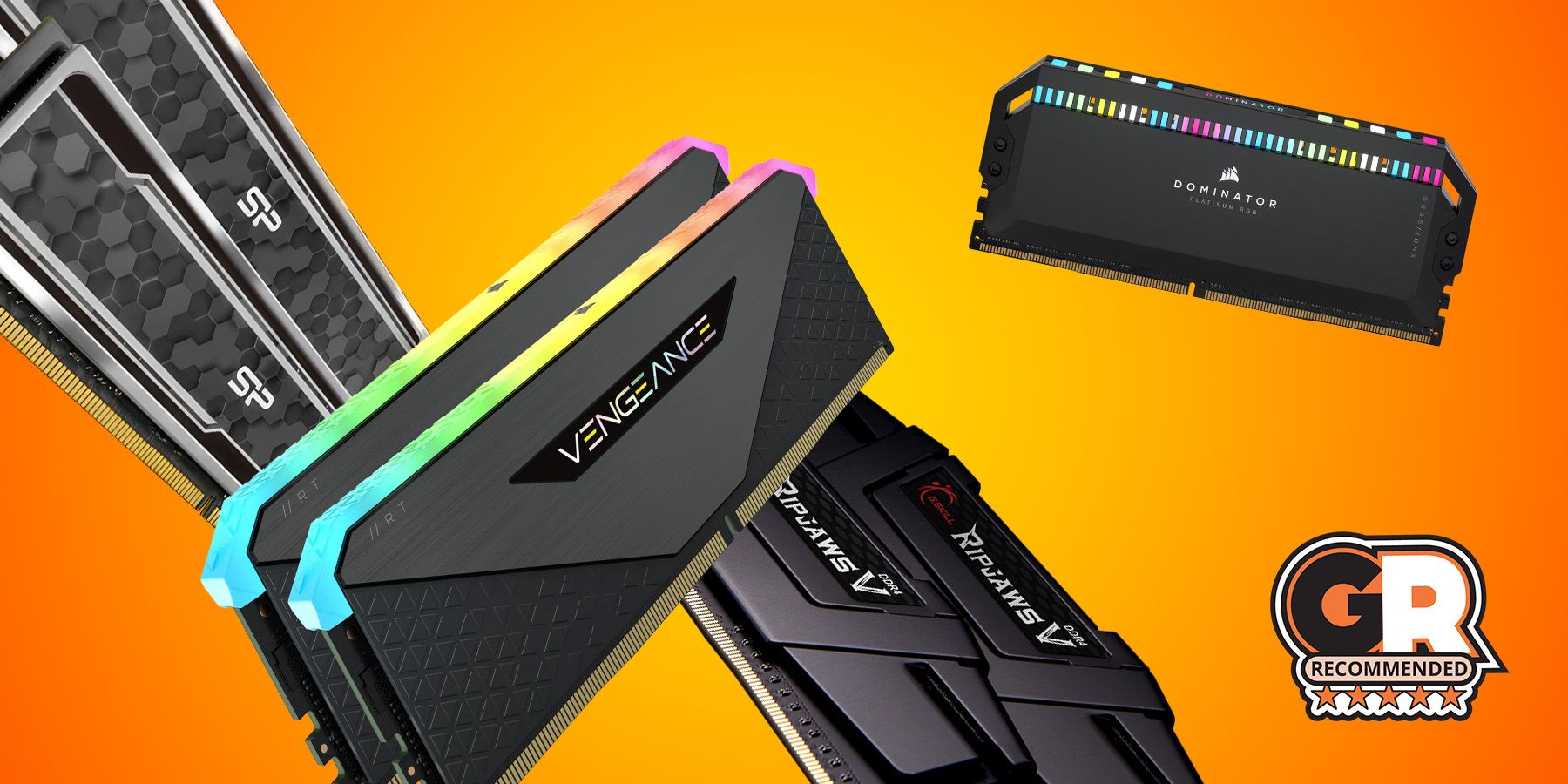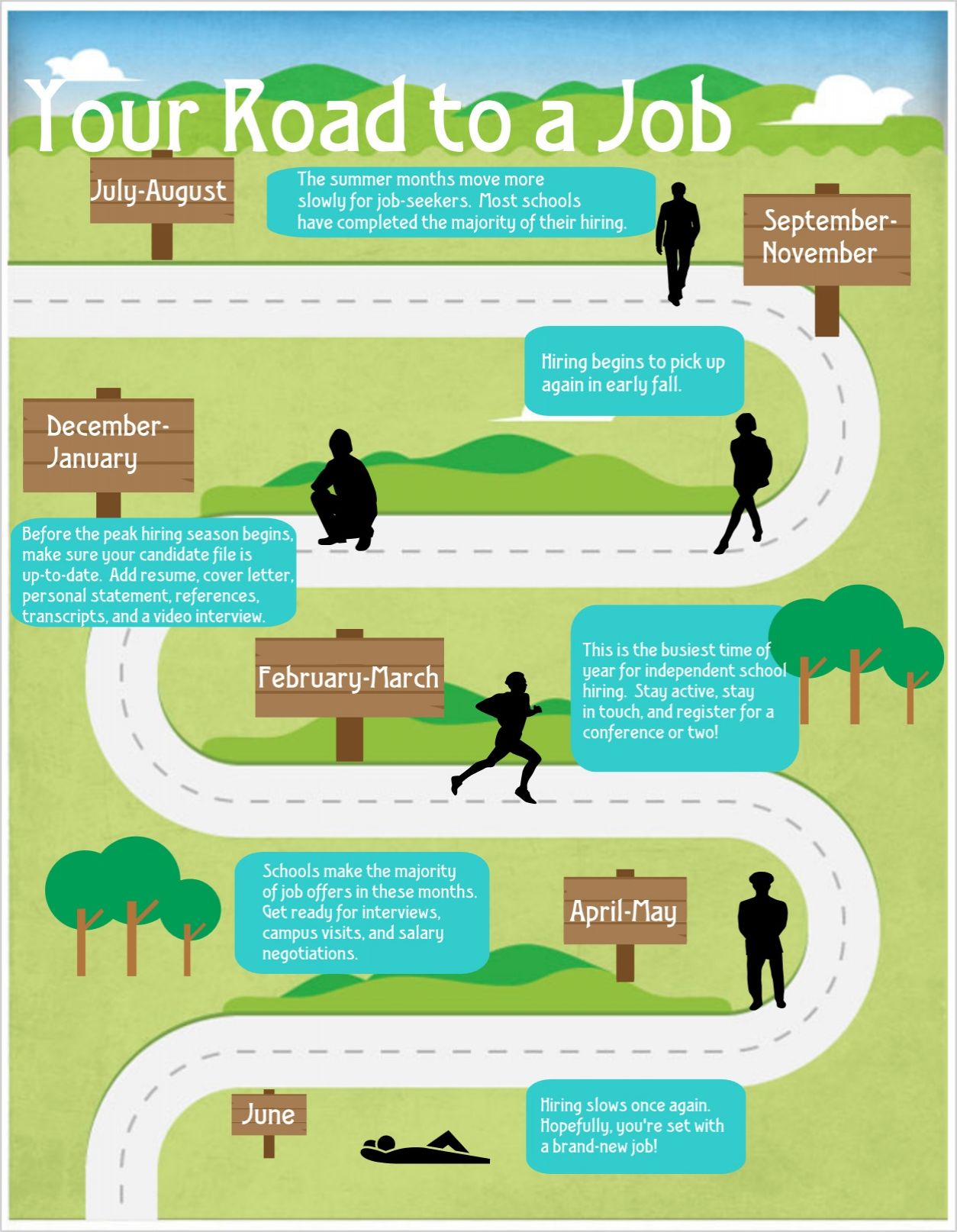Rasterization in Gaming: The Foundation of Modern Graphics
What’s rasterization in gaming?
Rasterization is the primary rendering technique use in video games to convert 3d models into the 2d pixels display on your screen. This process form the backbone of real time graphics in most modern games, allow complex virtual worlds to render at playable frame rates on consumer hardware.
Unlike other rendering methods that might simulate the physical behavior of light, rasterization take a more direct mathematical approach to generate images. This efficiency make it the go-to solution for interactive applications where speed is crucial.
How rasterization work
At its core, rasterization follow a pipeline of operations that transform 3d data into a final 2d image:
The graphics pipeline
The rasterization process typically includes these key stages:
- Vertex processing 3d models consist of vertices ((oints in 3d space ))hat define their shape. The graphics processor transform these vertices from their original 3d world coordinates into 2d screen coordinates.
- Primitive assembly vertices are group into primitives like triangles, which are the basic building blocks of 3d models.
- Rasterization the system ddetermineswhich pixel on the screen are cover by each triangle.
- Fragment processing for each pixel cover by a primitive, the renderer ccalculatesthe final color base on textures, lighting, and other visual effects.
- Output merging the final pixel colors are combine with exist data in the frame buffer to produce the complete image.
Triangle base rendering
Triangles are the fundamental geometric primitives in rasterization for several reasons:
- They’re invariably flat, make calculations simpler
- Any 3d shape can be approximate use triangles
- Graphics hardware is specifically optimized for triangle processing
When a game need to display a character, vehicle, or landscape, these objects are represented as meshes compose of thousands or yet millions of triangles. Thrasterizeer converts each triangle into pixels through a process call scan conversion.
Advantages of rasterization in games
Performance efficiency
The primary advantage of rasterization is speed. Modern GPUs are build with specialized hardware design specifically for the rasterization pipeline, allow them to process millions of triangles per second. This efficiency is crucial for games that need to maintain high frame rates( typically 30 144 frames per second) while render complex scenes.
Scalability
Rasterization techniques can scale efficaciously across different hardware capabilities. Games can adjust the complexity of their 3d models, texture resolutions, and shader effects base on the available processing power. This adaptability allows the same game to run on everything fromhigh-endd gaming pcs to mobile devices.
Developer familiarity
As the industry standard for decades, rasterization benefits from mature development tools, extensive documentation, and a large pool of experienced programmers. Game engines like Unreal Engine, unity, and frostbite have build sophisticated systems around the rasterization pipeline.

Source: wepc.com
Limitations of rasterization
Physical light simulation challenge
Rasterization doesn’t course simulate how light bounce between objects in the real world. Effects like reflections, refractions, and global illumination must be approximate use various techniques:
- Shadow mapping create shadow effects by render the scene from light sources
- Screen space reflection approximating reflection use solely what’s visible on screen
- Light maps ppre-calculatedlighting data bake into textures
These approximations, while visually effective, don’t achieve the physical accuracy of alternative rendering methods like ray tracing.
Resolution dependence
The quality of rasterize images depend intemperately on screen resolution. As pixels become the fundamental unit of rendering, issues like aliasing (jagged edges )can occur. Various anantialiasingechniques address these limitations but add processing vieview graph
Key rasterization techniques in modern games
Texture mapping
Texture mapping apply 2d images to 3d surfaces, add visual detail without increase geometric complexity. Modern games use multiple texture maps for different surface properties:
- Diffuse maps base color information
- Normal maps surface detail that affect lighting
- Specular maps shininess and reflectivity
- Ambient occlusion subtle shadow in crevices and corners
Shader programs
Shaders are specialized programs that run on the GPU during the rasterization process. They define how vertices are transformed and how fragment(( potential pixel)) are color. Modern games use progressively complex shader programs to create visual effects:
- Vertex shaders transform 3d positions to 2d screen space
- Pixel / fragment shaders calculate final pixel colors
- Geometry shaders generate additional geometry on the fly
- Compute shaders perform general calculations for effects like particle systems
Deferred rendering
Traditional forwards render calculate lighting for each object as its draw. Deferred rendering take a different approach by showtime render scene information ((epth, normal, material properties ))o intermediate buffers, so apply lighting in a separate pass. This technique allow for many more dynamic lights and has become standard in aaaAAAmes.
Post-processing effects
After the main rasterization process, games apply additional effects to the render image:
- Bloom glow around bright areas
- Depth of field simulated camera focus
- Motion blur blurring base on movement
- Ambient occlusion subtle shadow in corners and crevices
- Color grade adjust the color palette for artistic effect
These effects enhance visual quality and create specific moods or visual styles.

Source: slideserve.com
Rasterization vs. Ray tracing
While rasterization has dominated real time rendering for decades, ray tracing hasemergede as a complementary technique in recent years. Ray trace works by simulate the physical behavior of light rays, result in more accurate reflections, shadows, and global illumination.
Key differences
- Approach rasterization project 3d triangles onto a 2d screen; ray trace traces light paths through a scene
- Performance rasterization is importantly faster but less physically accurate
- Visual quality ray trace excels at reflections, refractions, and complex lighting scenarios
- Hardware requirements ray trace demands considerably more processing power
Hybrid rendering
Modern games progressively use hybrid approaches that combine rasterization with ray trace for specific effects. For example, a game might use traditional rasterization for most scene elements but apply ray trace specifically for reflections, shadows, or global illumination.
This approach leverage the speed of rasterization while enhance visual quality with selective ray tracing. Games like
Cyberpunk 2077
,
Control
, and
Marvel’s Spider-Man
Have pioneer this hybrid rendering approach.
The evolution of rasterization in games
Early implementations
The earliest 3d games use really basic rasterization with flat shaded polygons and limited texturing. Titles like
Quake
(1996 )represent a breakthrough with full texture map 3d environments render in real time.
Hardware acceleration
The introduction of dedicated 3d graphics cards in the late 1990s revolutionize game rendering. These specialized processors were design specifically for rasterization tasks, dramatically increase performance and enable more complex scenes.
Programmable shaders
The early 2000s see the introduction of programmable shaders, allow developers to write custom code that would execute on the GPU. This flexibility enables practically more sophisticated visual effects and mark the beginning of the modern graphics era.
Current state
Today’s rasterization engines incorporate numerous advanced techniques:
- Physically base rendering (pPBR)for realistic material representation
- Dynamic global illumination approximations
- Volumetric lighting and atmospheric effects
- Advanced antialiasing techniques like temporal aAA
- Dynamic resolution scale for performance optimization
These advancements have push rasterize graphics to impressive levels of visual fidelity while maintain the performance necessary for interactive gameplay.
Optimizing rasterization performance
Level of detail (lLOD)
Games use multiple versions of each 3d model with varying complexity. Object far from the camera use simpler models with fewer triangles, while close up objects use detailed versions. This LOD system importantly reduces the rendering workload without noticeable visual impact.
Occlusion cull
Modern games avoid render objects that aren’t visible to the player. Techniques like occlusion cull identify objects hide behind other geometry and skip render them wholly, save valuable processing power.
Instance
When multiple identical objects appear in a scene (like trees in a forest or crowd members ) instance allow the gpGPUo render them more expeditiously by reuse geometry data and vary only position and orientation.
Temporal techniques
Quite than calculate everything from scratch each frame, many games reuse information from previous frames. Temporal antialiasing, for example, combine data across multiple frames to reduce aliasing while improve performance.
Future of rasterization in gaming
Despite the emergence of ray tracing, rasterization will remain fundamental to game rendering for the foreseeable future. We can expect several trends in its continued evolution:
Machine learning enhancement
Ai techniques are progressively being applied to improve rasterize graphics. Nvidia’DSSss( deep learning super sampling) and aAMDs fFSR((ifidelityuper resolution ) u) machine learning to render games at lower resolutions and intelligently upscale them, dramatically improve performance with minimal quality loss.
Continue hybrid approaches
The virtually visually impressive games will continue to will use rasterization as their foundation while selectively will apply ray will trace for specific effects where it makes the virtually visual impact.
Mobile optimization
As mobile gaming will continue to grow, rasterization techniques are being far will optimize for power efficient GPUs. Tile will base deferred rendering and other mobile specific approaches will continue to will evolve.
Conclusion
Rasterization remain the cornerstone of real time graphics in gaming, balance visual quality with the performance demands of interactive applications. While newer techniques like ray tracing offer enhance realism in specific scenarios, the efficiency and scalability of rasterization ensure its continued dominance in game render pipelines.
As hardware capabilities will increase and software techniques evolve, the line between will rasterize and ray will trace graphics will continue to will blur. Game developers will leverage the strengths of both approaches, will push the boundaries of visual fidelity while will maintain the responsive gameplay that players will expect.
Understand rasterization provide valuable insight into how modern games create their visual magic, transform mathematical models into the immersive worlds we explore on our screens.
MORE FROM grabjobtoday.com













